 |
Roger Cicala and his team over at Lensrentals have made the most of their COVID-19 downtime by spending the past few months painstakingly measuring the flange-to-sensor distance of more than 2,500 cameras to see just how much variation there is from cinema camera to cinema camera (even identical models).
In the first of a two-part series on the testing and results, Roger breaks down why flange-to-sensor distance is important, details ‘how accurate is possible,’ explains how the Lensrental team went about testing and shares the first bits of data from the meticulous testing of popular cinema cameras.
 |
| This is what using a $ 10,000 Denz Flange Depth Controller looks like. |
To achieve this testing, Roger invested in a Denz Flange Depth Controller, which costs about $ 10,000 and can measure flange depth to the nearest 0.01mm. Even after receiving the new equipment, he and Aaron spent a month confirming its accuracy before eventually training ‘Poor Ben’ on how to use the machine.
Over the following weeks, Ben ended up measuring and re-measuring the flange-to-sensor distance of more than 2,500 cameras worth roughly $ 10M (yes, million).
 |
| The red circles denote Canon Cinema cameras that had more variation than is to be expected for the flange-to-sensor distance. |
For this first part of the series, Roger breaks down the spread of Canon Cinema Cameras, Sony Cinema Cameras, non-Canon EF-mount cameras and Blackmagic cameras to show just how much variation the models and individual cameras had. To his surprise, there were a few outliers, but as always, Roger seems to have gotten to the bottom of it and has learned through this testing that the Lensrentals team can and will be able to better screen these less-accurate cameras so everything going out their doors is up to snuff.
You can check out the full breakdown on the Lensrentals blog, linked below. Part two will be out in the near future and will address the flange-to-sensor distance of ‘SLR style’ camera bodies.
Lensrentals: The Great Flange-to-Sensor Distance Article
Articles: Digital Photography Review (dpreview.com)







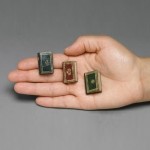
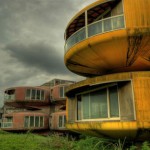
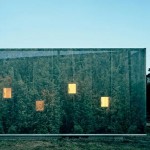








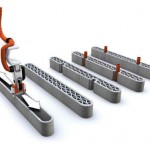







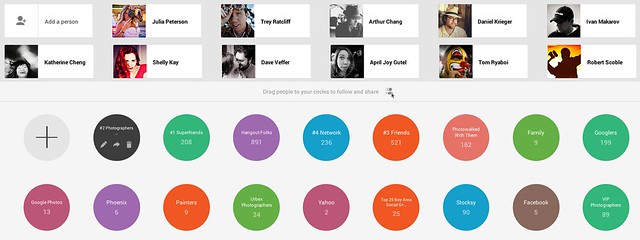
You must be logged in to post a comment.